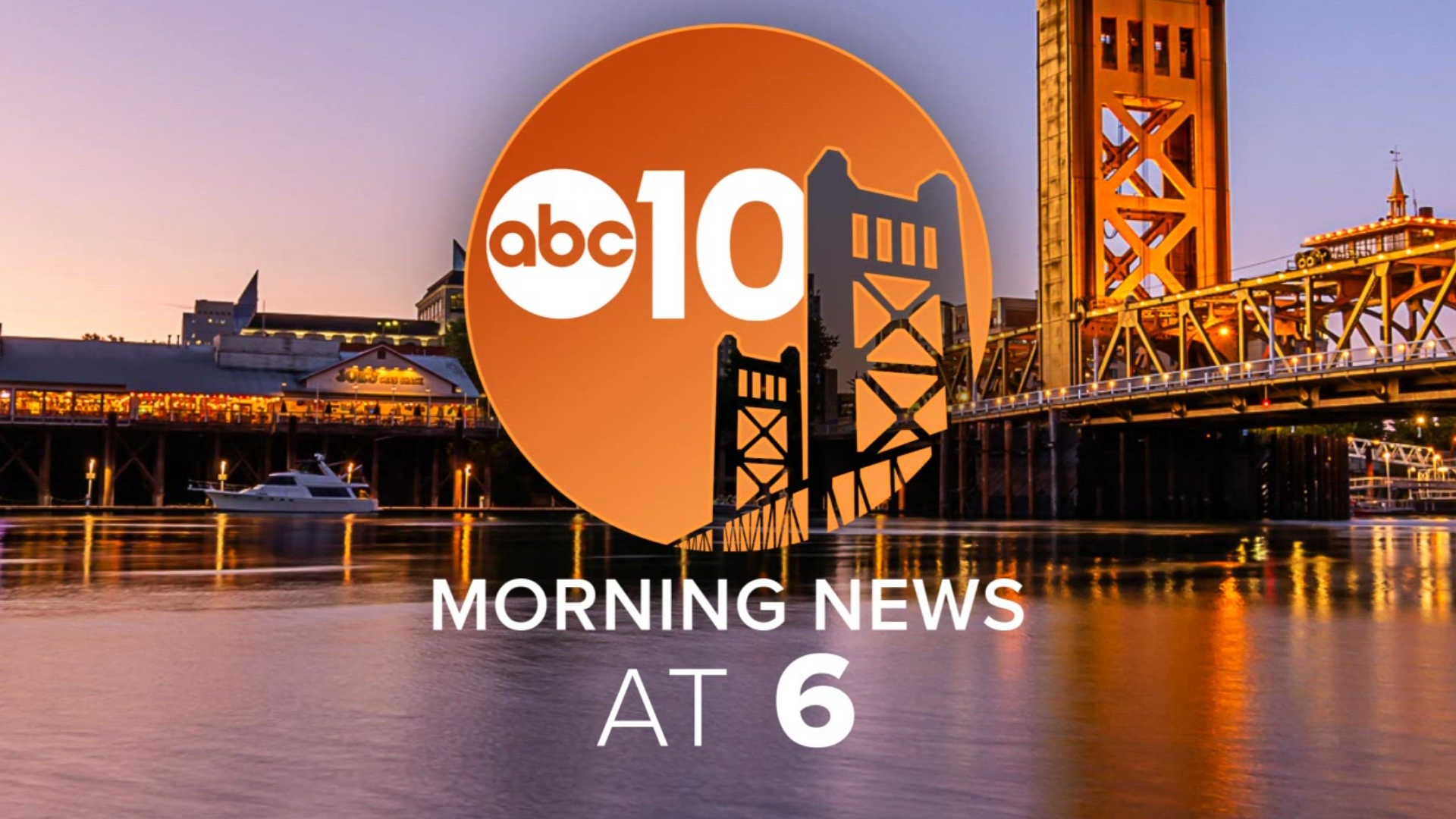Heroin. LSD. Ecstasy. Quaaludes. Peyote. Marijuana. These are just some of the more than 125 drugs labeled by the Drug Enforcement Administration as schedule 1 -- substances with no accepted medical use and high potential for addiction and abuse.
While many of the drugs on the list have a history of addiction and abuse, marijuana’s history is a bit more… well, cloudy.
Cannabis activists have pushed for the removal of the drug from the schedule 1 list and have even made some headway in recent years with some states legalizing medical and recreational use.
But much of that progress could likely soon come to a halt with U.S. Attorney General Jeff Sessions’ steadfast stance against drug use—especially, marijuana.
The DEA previously decided in 2016 to not reschedule marijuana after the agency requested the Department of Health and Human Services to evaluate the drug. The HHS found that marijuana continued to meet the criteria for schedule 1 drugs.
Over the years, numerous studies have found that marijuana has some medical benefits, but none of the research have met the DEA’s criteria to reschedule.
So what is the criteria for schedule 1 drugs?
For schedule 1 status, drugs have to have no proven medical benefits and a high potential for addiction and abuse. In addition to having accepted medical value, schedule 2 through 5 drugs have lower potential for addiction and abuse, according the DEA.
Here are some examples of drugs and their schedule.
Schedule 1:
- MDMA (ecstasy): MDMA is synthetic psychoactive drug that acts as both a stimulant and a psychedelic. According to the National Institute on Drug Abuse, MDMA was developed in the early 1900s in Germany “as a parent compound to be used to synthesize other pharmaceuticals.” Psychiatrists in the U.S. began using the drug in the 1970s as a psychotherapeutic tool despite it not being previously approved by the FDA. The drug reportedly helped patients open up more in sessions, but it was later banned by the FDA in 1985 and placed on the schedule 1 list.
- Heroin: The Beyer Company was the first to commercially produce heroin in 1898 to help with pain because it was proven to be more effective than morphine or codeine. The drug was so effective that users began to develop a tolerance to heroin and became addicted. When the Controlled Substance Act was passed in 1970, Heroin was labeled a schedule 1 drug.
- Mescaline (payote): Mescaline is a hallucinogen from the spineless cactus plant Payote and has been used throughout the years as a sort of religious rite in Native cultures. While the plant extract isn’t physically addictive, it does have a long-lasting hallucinogenic effect (it can last up to 12 hours) and various side effects including anxiety, dizziness, vomiting and diarrhea.
- Marijuana: Weed. Cannabis. Herb. Reefer. Pot. Whatever you may call it, marijuana has had a huge impact on American society and has arguably been the most controversial drug on the schedule 1 list (see above).
- LSD: In recent years, activist have been fighting to remove LSD from the schedule 1 list, as more people begin to “microdose” to ease effects of anxiety, depression, and mood swings, among other thing. The potent hallucinogen, which was first synthesized in 1938, can cause users to have impaired depth and time perception, as well as distorted perception of sizes, shapes, movements, colors and sound.
Schedule 2: Vicodin, cocaine, methamphetamine, oxycodone, fentanyl, Adderall, Ritalin, methadone and more.
Schedule 3: Codeine, ketamine, anabolic steroids, testosterone and more.
Schedule 4: Xanax, Soma, Valium, Ambien, and Tramadol
Schedule 5: Lomotil, Lyrica, Parepectolin, Motofen


